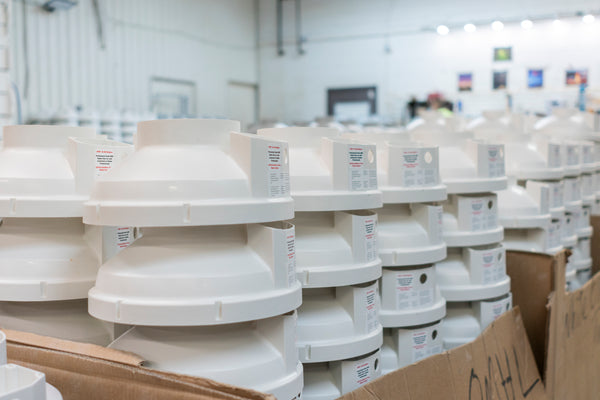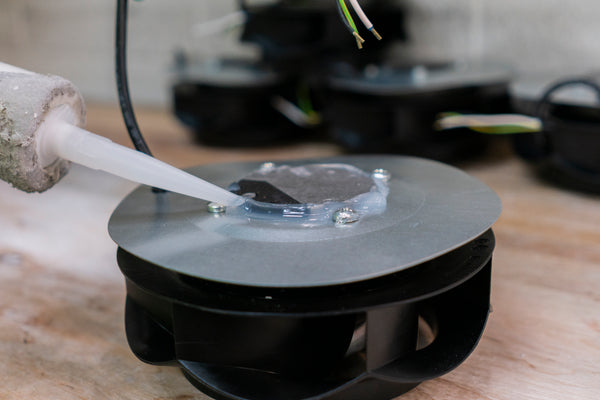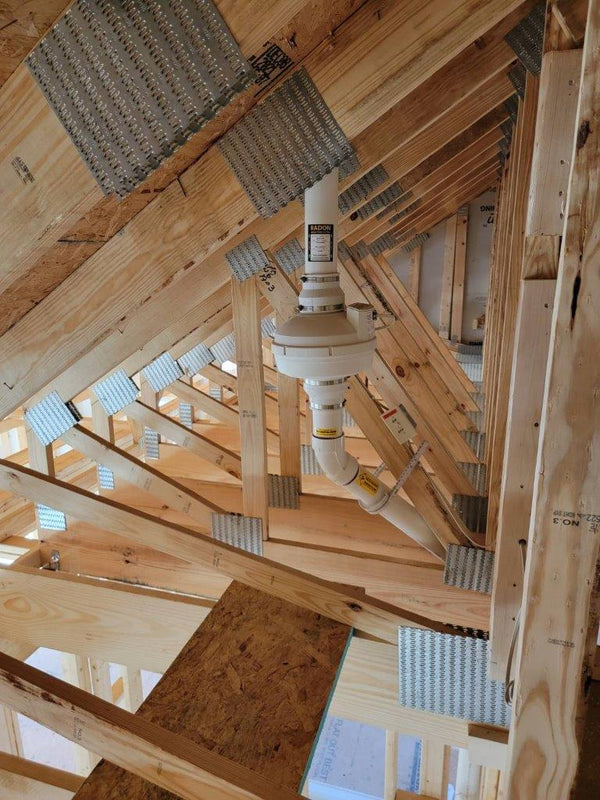
What To Do if Your Neighbor’s Radon Test Comes Back High
Imagine this scenario: your neighbor just informed you that their radon test has come back with high levels. You might wonder how this could impact your home and health. Radon, an invisible and silent threat, poses serious risks if not addressed properly.
A little bit of radon knowledge can go a long way. By the end of this post, you’ll understand what radon is, why it’s dangerous, and what to do if your neighbor’s radon test comes back high.
Understanding Radon and Its Risks
Radon is a radioactive gas that’s created during the natural breakdown of uranium in soil and rock. It’s completely tasteless, odorless, and invisible, which makes it impossible to detect without testing.
The gas can enter homes through foundational cracks, gaps around pipes, and even through building materials. Once inside, radon can become concentrated and reach unsafe levels, especially in poorly ventilated areas like basements.
Exposure to radon is a leading cause of lung cancer in the United States, according to the Environmental Protection Agency (EPA). In fact, radon exposure is responsible for tens of thousands of lung cancer deaths each year. Long-term exposure to elevated radon levels increases health risks, making it essential to detect and address this invisible hazard early.
The EPA has set a recommended action level measured in picocuries per liter (pCi/L). Properties should maintain radon levels of 4 pCi/L or under. If your home tests at or above this level, it’s strongly advised to implement mitigation measures. However, even lower levels can pose a risk, so it might be wise to take proactive steps in that situation too.
Your Neighbor’s Radon Test Came Back High: What Does It Mean for You?
If your neighbor’s radon test comes back high, does that automatically mean your home is at risk too? Not necessarily, but it’s definitely a reason to investigate further.
If your neighbor’s home has high radon levels, it’s worth considering the geological factors in your area. Neighboring homes often share similar foundation types and underlying soil composition, which could suggest that your property has a similar issue.
Also, neighboring homes constructed during the same period and using similar materials or designs often face similar levels of radon infiltration. Homes with poor ventilation or structural issues are especially prone to radon accumulation.

Immediate Steps To Take
If you suspect radon might be an issue in your home after hearing about your neighbor’s test results, here are some practical steps you can take.
Communicate With Your Neighbor
Start a conversation with your neighbor to better understand their test results. Did their test reveal levels just over the EPA’s action threshold of 4 pCi/L, or were they significantly higher? Was your home built around the same time? Knowing this information can help you better assess your immediate risk. If you’re on friendly terms, you could collaborate with your neighbor on next steps, such as contacting local radon experts.
Test Your Home’s Radon Levels
This is the most important action you can take. Since radon levels vary from home to home due to differences in foundation design, home ventilation, and soil composition, testing your own property is critical.
Radon Testing: All Your Options
Testing for radon is much easier than most homeowners realize. There are two ways to test:
- DIY test kits: These kits are affordable and widely available online or at home improvement stores. Place the kit at the lowest livable level of your home for the recommended time frame, then send it to the lab for analysis.
- Professional testing: For more accurate results, consider hiring a certified radon testing professional. This method is recommended if you already know radon is a concern in your area or if your neighbor’s test result was very high.
Radon tests are available in short-term, long-term, and continuous formats. Short-term tests provide quick results and are ideal for initial screening. They take two to seven days. Long-term tests, which take 90 or more days, are more accurate and provide a better understanding of radon levels over time. Continuous radon monitors are electronic devices that give real-time radon readings and monitor fluctuations.
No matter how you test, you will receive results measuring radon levels on your property. Results under 4 pCi/L are generally considered safe, but for peace of mind, consider making small adjustments to reduce radon levels even further. If levels are at or above 4 pCi/L, it’s time to explore mitigation options.

Radon Mitigation: Solutions for High Radon Levels
Radon mitigation reduces radon levels in your home by preventing a majority of the gas from entering and venting excess gas safely outdoors. The most effective methods depend on your home’s construction and foundation type.
Common Radon Mitigation Techniques
- Sub-slab depressurization: A PVC pipe connects to a radon fan that creates a vacuum beneath your home. The PVC pipe, supported by pipe mounting brackets, continues beyond the radon fan and vents the air outside.
- Crawl space encapsulation: If your home has an unfinished crawl space, encapsulation seals the dirt with a plastic vapor barrier. A PVC pipe goes below the vapor barrier and vents outside, much like a sub-slab depressurization system.
- Sealing cracks: While not a standalone fix, sealing foundation cracks reduces radon entry points, augmenting other remediation measures.
- Improved ventilation: Increasing air circulation throughout your home can also help dilute radon concentration.
Radon mitigation systems typically cost between $1,000 and $2,500, although the final cost will depend on the size of your home, the soil conditions, and the installation requirements.
Preventing Radon Exposure: Long-Term Strategies
Minimizing radon levels isn’t a one-time effort. These preventive measures can help keep your home safe for years to come:
- Seal foundation cracks: Regularly inspect and seal new cracks or gaps as a precaution.
- Improve ventilation: Proper ventilation, especially in basements and crawl spaces, keeps radon levels low.
- Routine testing: Test your home for radon every two years if you aren’t using a continuous radon monitor.
Protecting Your Home From Radon
If your neighbor’s radon test comes back high, it’s an opportunity to safeguard your home. Radon is a serious health risk, but with proper awareness and proactive steps, you can protect your family and property.





